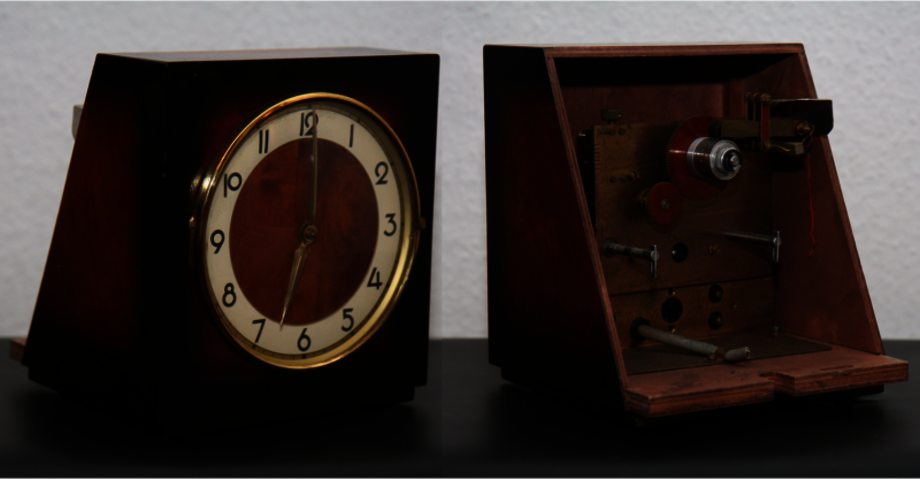History
When ZDF started broadcasting on April 1, 1963, this was also the birth of continuous television audience research in Germany. At the time, programming was limited to the two public broadcasters, ARD and ZDF. Usage was measured in 625 households and data were delivered in writing one week later, at the earliest. By 1979 1,500 households were measured and by 1990 it went up to 4,400 households. Today, daily figures are reported from at least 5,400 reporting television households.
The introduction of commercial television financed through advertising brought the dawn of a new era with the launch of Sat.1 in 1984. The availability of programming and advertising increased dramatically. This was also a challenge for viewer research, which GfK was first hired to do in 1985. Finally in 1988, three years later, the “television research working group” (Arbeitsgemeinschaft Fernsehforschung, AGF) was founded as a contracting body for measuring reach in Germany.
Since that time, the video market has continued to develop more and more dynamically. The biggest driver in the new millennium has been digitalization. It is AGF’s challenge to cope with the changes in the media market as quickly as possible in its research system while maintaining the required high methodological precision and reliability.In 2017, AGF becomes an independent AGF Videoforschung GmbH, in which nine shareholders are now involved.
Among the most crucial current topics are the measurement of streaming services and platforms, the measurement of cross-media content and campaign reach (e.g., AGF X-REACH, Follow the Campaign), and the integration of Return Path Data.
AGF audience measurement technology
- The audience measurement of TV reach began in 1963 with the “TAM meter” (image). The measurement interval is one minute and only included household usage. The data on perforated paper tape is picked up from panel households once a week by employees.
- With introduction of the TC XL measurement device, the measurement interval is reduced from 30 seconds to one second.
- In 2000, monitoring of digital TV via set-top boxes (receivers) begins.
- Starting in 2009, the new TC Score measurement technology ensures that time-shifted usage can also be monitored. Guest viewing as out-of-home viewing was introduced.
- With the use of audio matching via TC UMX starting in 2012, usage can be measured independently of distribution channel.
- Since early 2020, usage is monitored exclusively via audio matching. The measurement is constantly being further developed.

